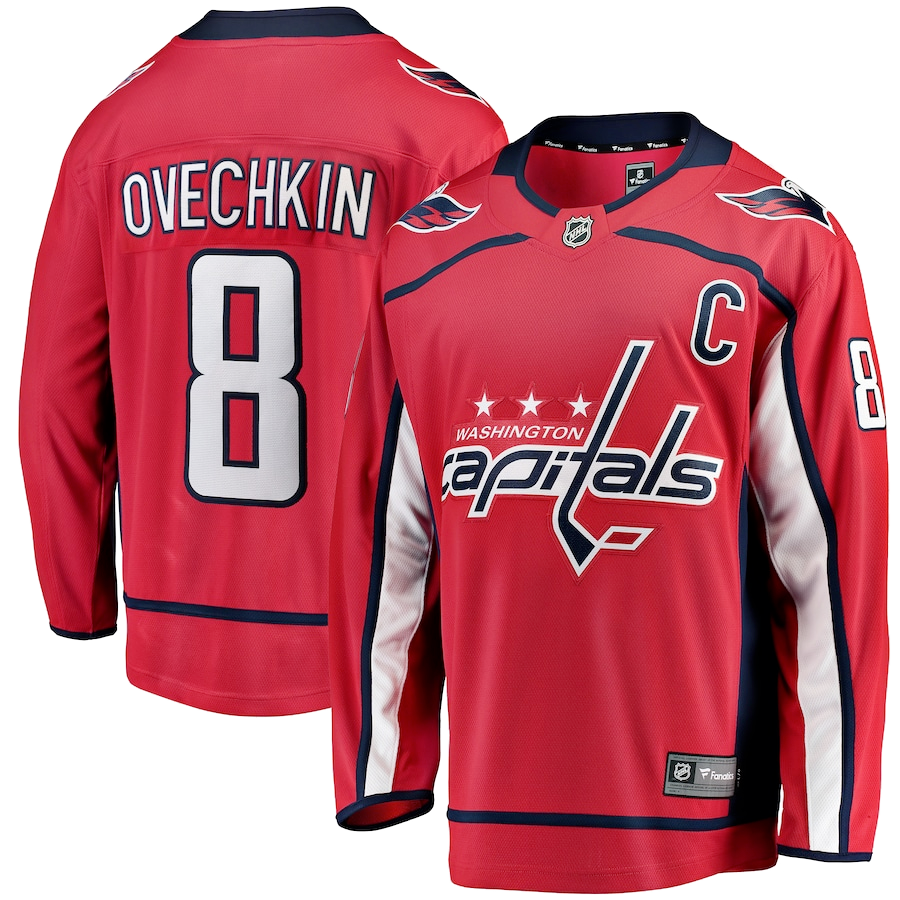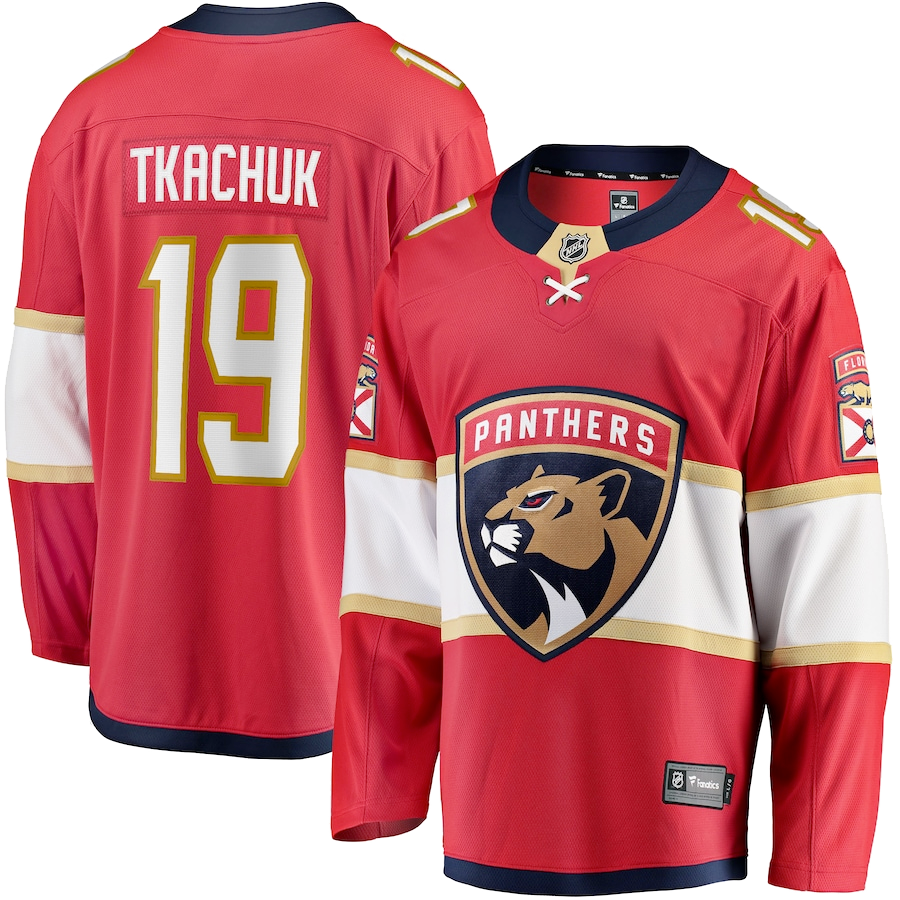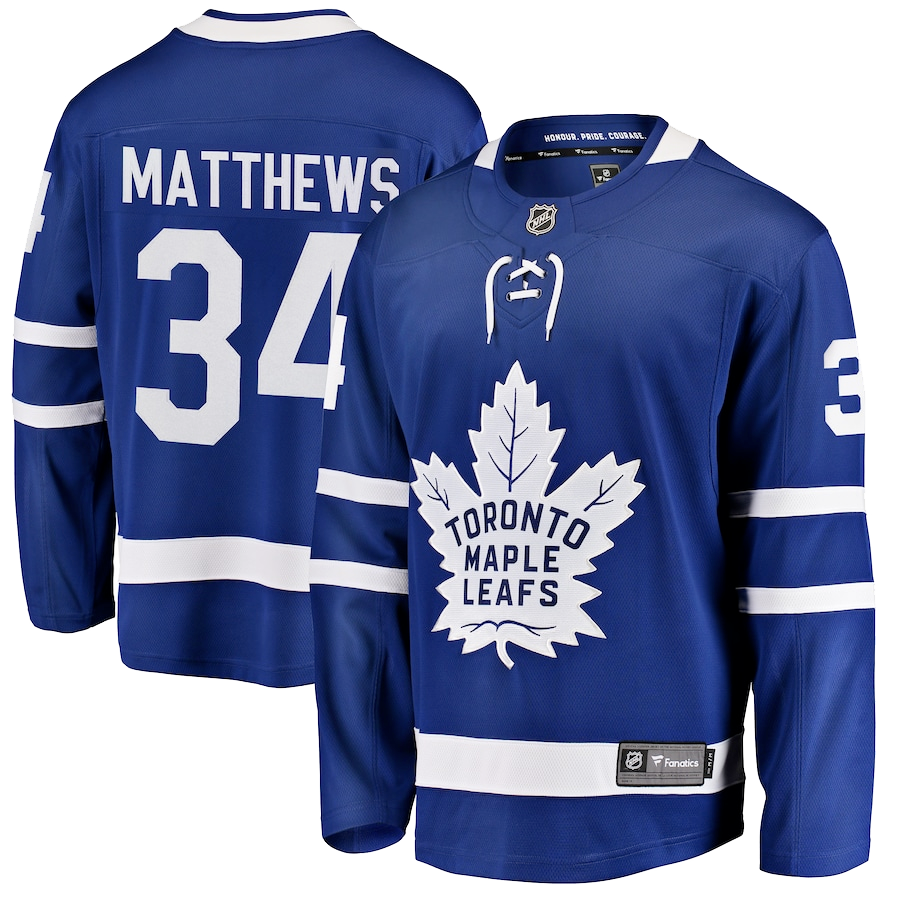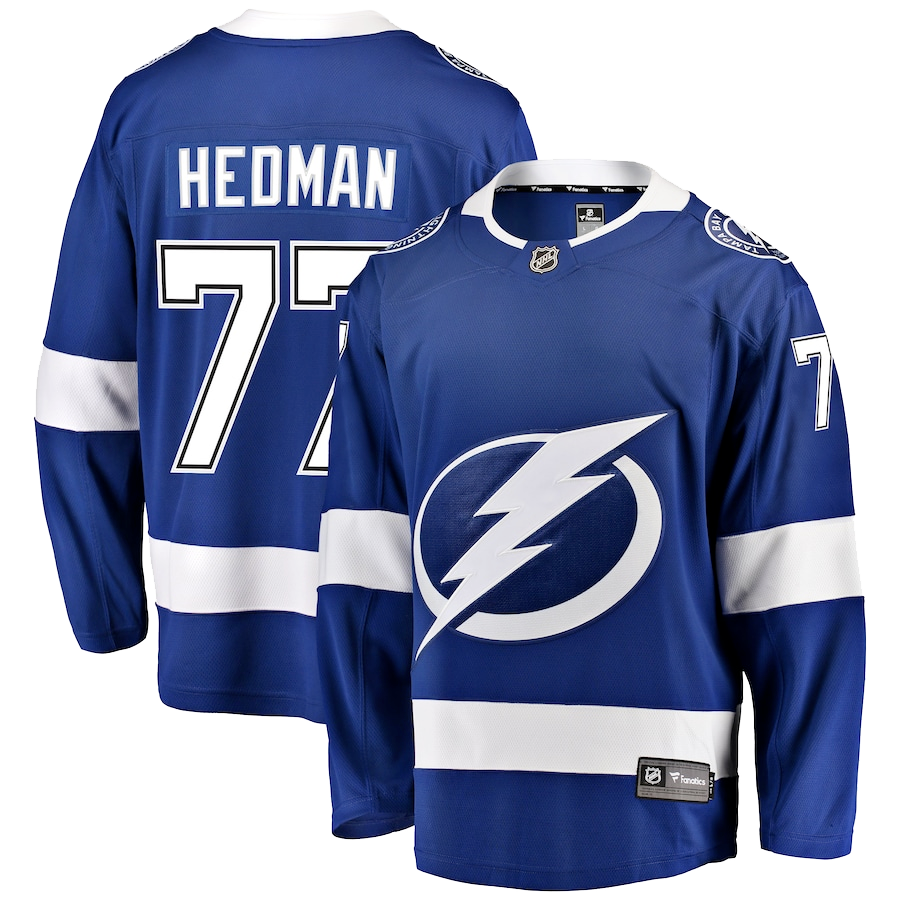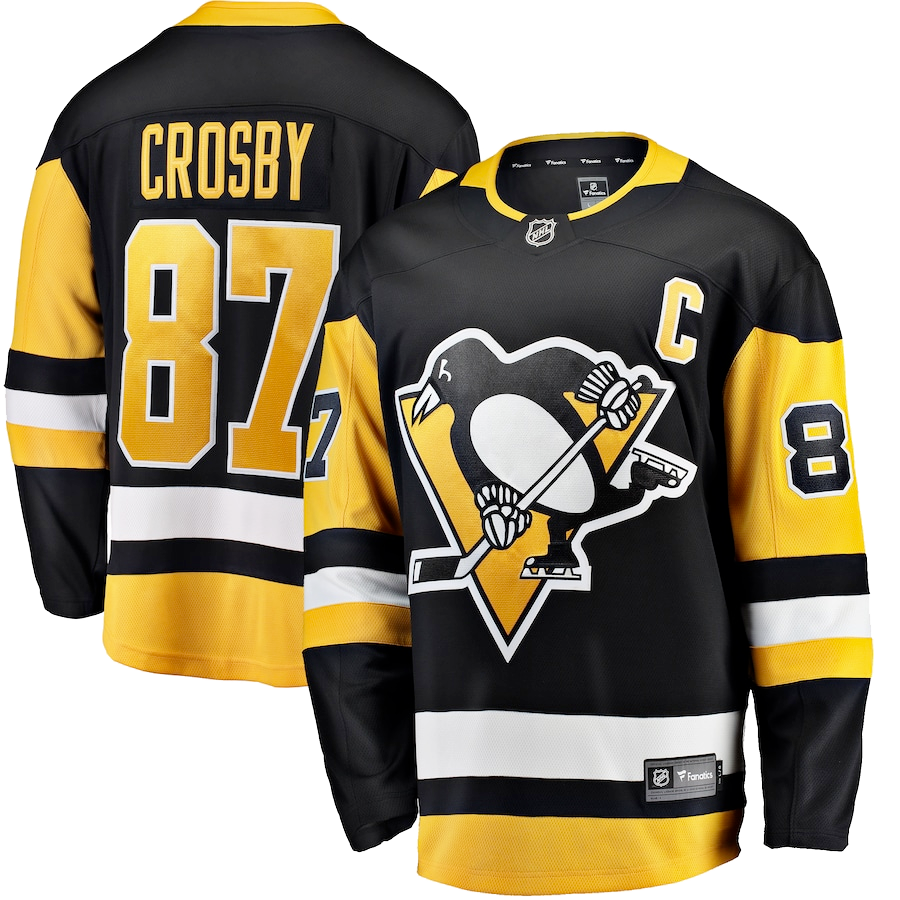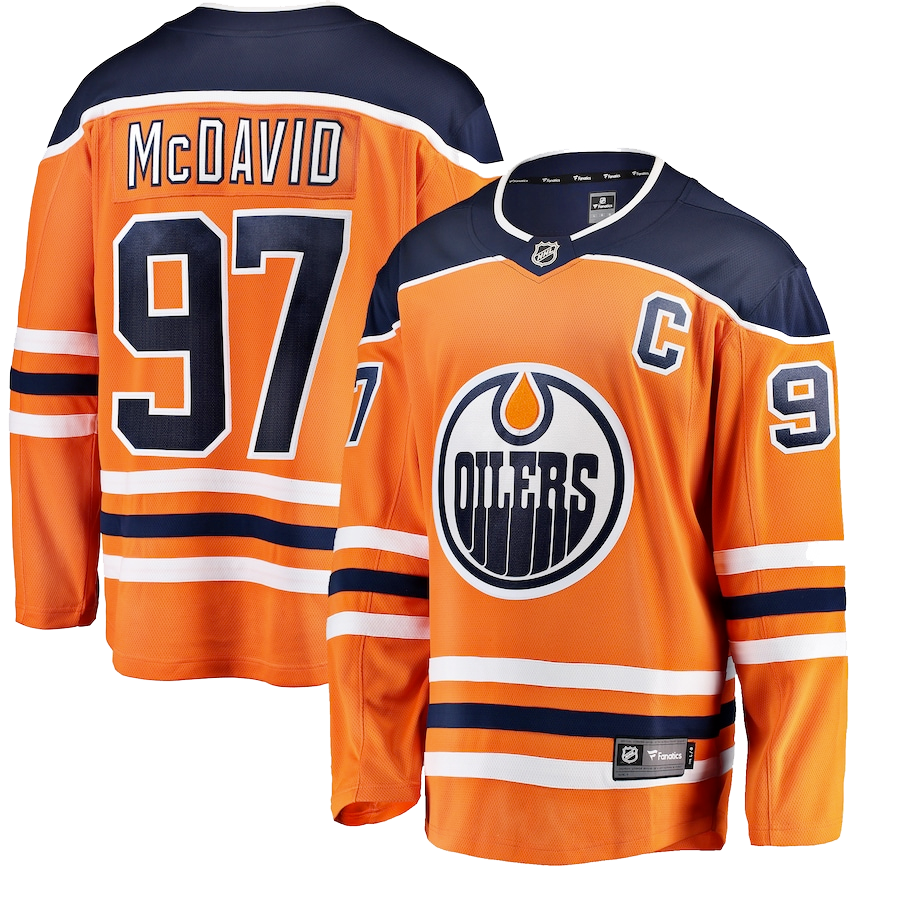This is Part 2 of a 2-part article. Click here to read Part 1.
Meanwhile, Bower, who had been assigned to Vancouver of the WHL in 1954, was moved to the Providence Reds of the AHL in 1955. However, the next season the Rangers wanted to move Marcel Paille, who they considered their goaltender of the future, from the Cleveland Barons to the Providence Reds. But Cleveland’s GM Jim Hendy pointed out a clause in Paille’s contract stating that he could not play for any other AHL team besides the Barons. So in order to move Paille and appease Hendy, Bower was traded to Cleveland for Ed MacQueen and cash.
After one season back in Cleveland in which he led the AHL with a 2.17 GAA, Bower was claimed by the Toronto Maple Leafs in the 1958 Inter-League Draft. But by then, at the age of 33, he was tired of the constant moving around the country and wanted to remain in Cleveland.
“He was unsure about leaving Cleveland,” said John Jr. “He was comfortable, he had friends there and an off-season job. He was a conservative man, not a risk taker by any means, But Baron’s GM Jim Hendy told him to go, and if it didn’t work out there would always be a spot for him in Cleveland. So with that support he decided to go to camp with Toronto and never looked back.”
Bower shared the goaltending duties with young Ed Chadwick in 1958-59 but started every game in the playoffs that season as the Leafs lost to the Canadiens in the finals.
Nicknamed “The China Wall,” Johnny went on to become a franchise goaltender in Toronto and one of the best NHL netminders of his generation. He led the Leafs to three consecutive Stanley Cup victories between 1961-62 and 1963-64 while also earning a Vezina Trophy in 1961. In 1964-65 the 40-year old Bower was joined by another future Hall of Famer, 35-year old Terry Sawchuk and the tandem shared another Vezina that year and a Stanley Cup in 1966-67. It was the last time either of these legendary netminders would win a Vezina or a Stanley Cup.
“Bower’s comeback saga is un-real and not enough has been written about it,” notes Fischler. “I give huge credit to Punch Imlach for getting the most out of Johnny, Don Simmons and Terry Sawchuk.”
Bower’s grandfather-like appearance and friendly off-ice demeanor made him one of the most popular Leaf’s on teams that included stars like George Armstrong, Tim Horton, Red Kelly and Frank Mahovlich. He also became much beloved for his 1965 recording of the children’s song , “Honky the Christmas Goose,” with proceeds going to charity.
Johnny didn’t start wearing a mask until his final NHL season but not before taking more that 200 stitches in his face to close wounds and losing most of his teeth to errant pucks and sticks. He also once described how the uncapped back of a players skate blade, punctured his cheek, and wound up ripping out a molar.
Bower’s exact age was always a question, but when he played his final game with the Leafs in 1969, at 45 years, one month and two days, he was believed to be the oldest goalkeeper in league history except for
Moe Roberts, a Chicago Black Hawks trainer, who was just short of his 46th birthday when he replaced the injured Harry Lumley in a game against Detroit in November 1951.
However, on January 9, 1980, ten years after his final NHL game, Bower almost made a comeback. When the Maple Leafs’ goalie, Mike Palmateer, was hurt and his backup, Paul Harrison, had the flu, Coach Punch Imlach asked Bower to suit up in case minor league goalie Vincent Tremblay didn’t arrive in time for a game with the Montreal Canadiens. Johnny signed a one-game contract, although, as he told The Montreal Gazette many years later, his wife, Nancy, told him, “You’re 55 and you’re out of your mind.”
As Bower later recalled, “All of a sudden, Palmateer and Harrison are thinking, ‘If this old crock is coming back, one of us should get better.’” Bower remained in the locker room, in full uniform as Tremblay did indeed arrive on time and started the game. The rookie gave up four early goals and was replaced by Harrison in a 5-3 loss.
“I thought that had I gotten into the game I’d have been bombarded,” Bower recalled. “Or maybe not. I think my teammates would have tried hard for me.”
“It came very close to happening,” said John Jr. “But after he retired he worked for the Leafs and used to put on the equipment for several years after practice. He’d go out and work with the injured players, so he had still been on the ice. “
“But he said to Punch, well If I’m gonna do this the league requires that you sign a contract. So Punch said that’s right John. And dad said, well how much you gonna give me? And there was probably a bit of discussion about that number.”
Following his near comeback, Bower remained retired and became a scout, goalie coach and ambassador for the Leafs.
Johnny Bower compiled a 250-192-90 record with 37 shutouts and a 2.51 GAA in 552 regular season games across 15 NHL seasons. In 75 playoff games he posted a 35-34 record with five shutouts and a 2.47 GAA.
Bower won four Stanley Cups and two Vezina Trophies (1961 and 1965 shared with Terry Sawchuk). He was also a four-time All-Star.
Johnny was much beloved in Toronto, and had streets and parks named in his honor. He was inducted into the Hockey Hall of Fame in 1976 as well as the AHL Hall of Fame in 2006, and his Number 1 jersey retired by both the Leafs and the Cleveland Barons.
In addition, Johnny was among the first three inductees, with Ted Kennedy and Darryl Sittler, to Legends Row, which features statues of twelve of the greatest players in Maple Leaf history outside of the Air Canada Center.
“My father was very proud of his first Stanley Cup, that one was extremely special to him,” remembers John Jr. “He was very honored to be selected for the Hall of Fame. He’s actually in eight Halls of Fame. He also treasured his J.P. Bickell awards, which is presented to a member of the Maple Leaf organization for maintaining high standards and excellent service to the team. He was the only player to win the award three times.
I think he was just a little awed by it all in the end, that he would receive that kind of notoriety. But that’s just the kind of man he was. Just a humble guy. And he never took it for granted.”
Johnny Bower passed away in December of 2017 at the age of 93.
Mercifully, Gump Worsley’s Ranger career came to an end on June 4, 1963 when he was traded with Dave Balon, Leon Rochefort and Len Ronson to the Canadiens for Jacques Plante, Phil Goyette and Donnie Marshall. Gumper, who had played for the Rangers for ten years never got a call from GM Muzz Patrick informing him of the deal and only heard about it when a neighbor told him to turn on the radio.
Gump gladly left New York with a respectable 204-270-101 record with a 3.04 GAA and 24 shutouts in 581 games over 10 seasons with the Blueshirts.
Worsley spent most of the next seven seasons playing for Montreal where he collected four Stanley Cups and two Vezina Trophies (1965-66 shared with Charlie Hodge and 1967-68 shared with Rogie Vachon).
Gumper may have been a fan favorite while with the Rangers but when he returned to the Madison Square Garden wearing the “Bleu, Blanc et rouge” of the Canadiens, he became a target just like the rest of his Montreal teammates. In March of 1967 Worsley was hit in the temple by an egg that was thrown from the balcony at the “Old” Garden. As reported in the Montreal Gazette, “The Gumper was hit flush on the right temple by the egg which was thrown from about 100 feet away. The egg-tosser, a 25 year-old fan who had a bag of them when caught by Garden police, got off lucky when Worsley refused to press charges.” Gump took part in a voluntary practice the next day but complained of dizziness and wound up being sidelined for six weeks.
Playing for a team like the Canadiens brought with it a different kind of pressure than he had ever experienced as a Ranger; the pressure to win every game and a Stanley Cup every spring. Add to that the extra air travel brought on by the NHL’s expansion and by November 1968 Gump was ready to pack it in. After a particularly bumpy flight into Chicago on the first leg of a western road trip, he abruptly quit the Canadiens, informing captain Jean Beliveau of his decision and taking a train back home. Montreal GM Sam Pollack didn’t want to lose the Gumper, so he arranged for him to see a psychiatrist on a daily basis to talk about his problems and in about two months, he was back on the ice and Montreal won another Stanley Cup that spring.
Worsley was ready to retire again during the 1969-70 season but was talked out of it by Minnesota GM Wren Blair who had worked out a deal to acquire the then forty-year old netminder to help stabilize the North Star’s goaltending situation and back up Cesare Maniago. The pair became good friends and were known as “Mutt and Jeff” owing to Maniago’s six-foot-three stature compared to Gump’s compact five-foot-seven frame. Maniago even talked Gump into donning a mask for the first time during the final season of his twenty-one year NHL career.
Worsley finally retired for good in the spring of 1974 at the age of forty-five and spent the next ten years scouting for the North Stars.
Considering that he spent 10 long years with the Rangers, Gump’s final statistics are impressive. In 860 regular season games over 21 seasons, he had a 333-348-149 record with 43 shutouts and a 2.87 GAA. In 70 playoff games he was 40-26, with five shutouts and a 2.78 GAA. He played on four Stanley Cup winning teams and appeared in two All-Star games. Worsley also won the Calder trophy as the NHL’s Rookie of the Year and shared two Vezina Trophies.
He was inducted into the Hockey Hall of Fame in 1980 and passed away in January 2007 at the age of 77.
Gump Worsley and Johnny Bower did indeed have much in common including four Stanley Cups and two Vezina Trophies each.
But they both also came from humble NHL beginnings with mediocre Ranger teams in the 1950s to rise to the top of their profession and achieve legendary Hall of Fame status.
George Grimm is the author of three books about the New York Rangers: “We Did Everything but Win,” “Guardians of the Goal,” and “Undermanned but Undaunted.”


